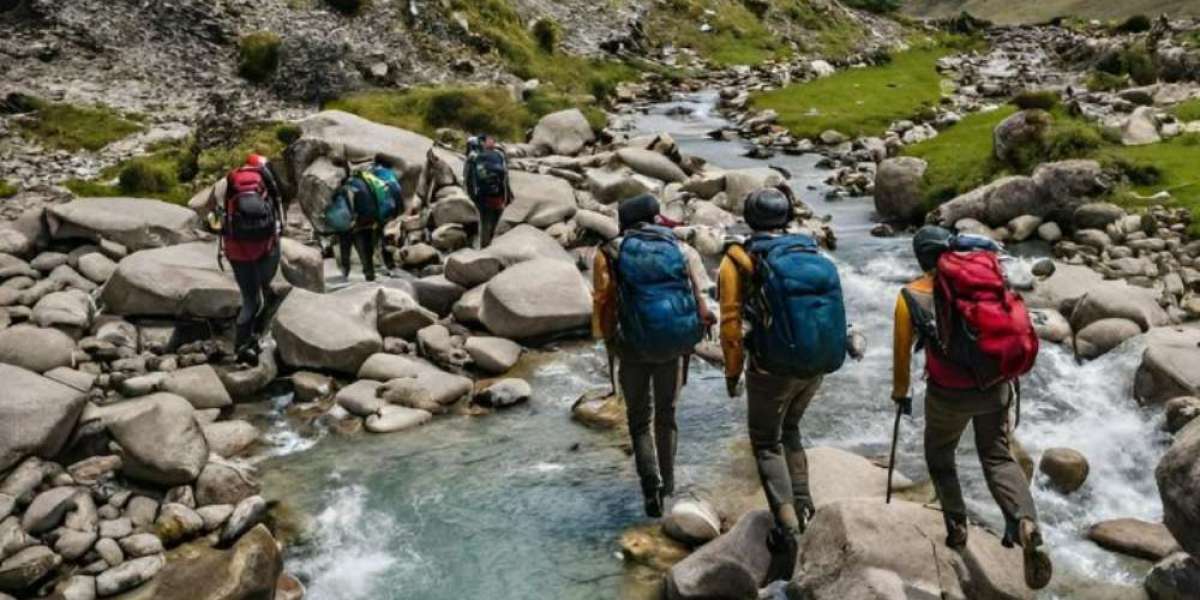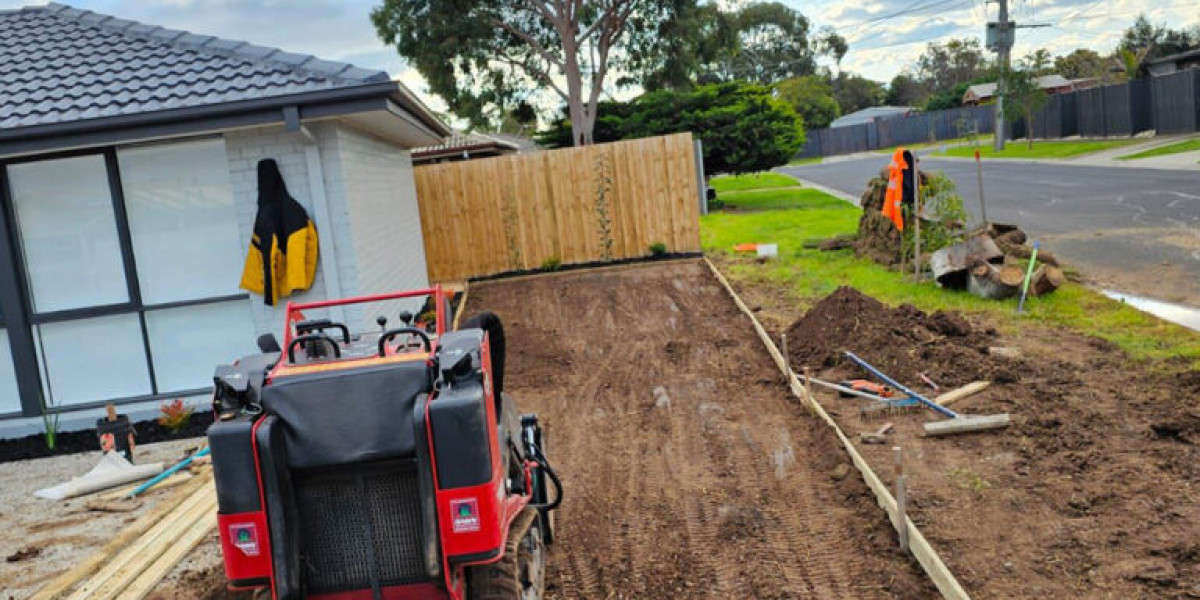The Hampta Pass Trek is one of the most mesmerizing and adventurous treks in the Indian Himalayas, connecting the lush green valleys of Kullu to the arid landscapes of Spiti. With its varied terrain, stunning vistas, and a mix of cultures, it offers an unforgettable experience for trekkers. However, as exhilarating as the trek can be, safety should always be a top priority to ensure a memorable journey for all the right reasons.
Preparing for the Hampta Pass Trek
Research and Planning
Before embarking on the Hampta Pass Trek, thorough research and planning are crucial. Understanding the route, weather conditions, and local regulations can help in preparing for unexpected challenges. It’s also beneficial to read reviews and experiences from past trekkers to get a realistic picture of what to expect.
Physical Fitness and Training
The trek, while accessible to many, does demand a certain level of physical fitness. Regular cardio workouts, strength training, and endurance exercises are essential. Trekking practice on similar terrains, if possible, can be highly advantageous.
Essential Gear and Packing
Packing the right gear is vital. Essentials include sturdy trekking boots, weather-appropriate clothing, a reliable backpack, and safety equipment like a first aid kit and trekking poles. Additionally, items like a high-quality sleeping bag, waterproof jacket, and portable stove can enhance comfort during the trek.
Understanding the Hampta Pass Trek Distance
Total Distance and Daily Breakdown
The Hampta Pass trek distance is approximately 35 kilometers, which is generally covered over four to five days. This distance is broken down into manageable daily segments, allowing trekkers to acclimatize and enjoy the journey.
Expected Duration of the Trek
Typically, the trek starts from Jobra and ends at Chatru, with a stop at the beautiful Chandratal Lake being an optional but highly recommended extension. Each day involves trekking for around 5-7 hours, depending on the pace and the specific segment being covered.
Safety Measures During the Trek
Acclimatization and Altitude Sickness
One of the primary concerns during the Hampta Pass Trek is altitude sickness. Ascending gradually and allowing your body to acclimatize is crucial. Symptoms like headaches, nausea, and dizziness should not be ignored, and it’s essential to descend immediately if they worsen.
Hydration and Nutrition
Staying hydrated is key to maintaining energy levels and preventing altitude sickness. Carry sufficient water and make use of natural water sources along the trail, using purification tablets if necessary. Nutritious, high-energy snacks like nuts, dried fruits, and energy bars can keep you fueled throughout the day.
Weather and Terrain Awareness
The weather in the Himalayas can be unpredictable, with sudden changes in conditions. Always check the weather forecast before setting out each day, and be prepared for rain, snow, and strong winds. The terrain can also vary from grassy meadows to rocky paths, so maintaining awareness and caution is essential.
Key Highlights of the Hampta Pass Trek
Scenic Views and Landscapes
The trek offers a breathtaking contrast of landscapes, from the lush greenery of Kullu to the barren, stark beauty of Spiti. Pass through dense forests, cross bubbling streams, and marvel at the panoramic views from the Hampta Pass itself.
Flora and Fauna
The Hampta Pass region is rich in biodiversity. Keep an eye out for rare Himalayan birds, colorful wildflowers, and, if you’re lucky, sightings of mountain goats or even snow leopards at higher altitudes.
Cultural Experiences
Interacting with the local communities in Kullu and Spiti can be a rewarding experience. Learn about their unique customs, try local cuisines, and perhaps even participate in a traditional dance or festival if your trek coincides with one.
Tips for Enjoying the Hampta Pass Trek
Photography Tips
Capture the essence of the trek with your camera. Early morning and late afternoon light offers the best conditions for photography. Don’t forget to take pictures of the star-studded night sky, a sight you rarely get in urban areas.
Making the Most of Campsites
Each campsite on the trek has its charm. Spend time exploring the area, indulging in some light stretching exercises, and sharing stories with fellow trekkers around a campfire. These moments often become the highlight of the trek.
Engaging with Fellow Trekkers
The sense of camaraderie among trekkers is one of the joys of trekking. Engage with your fellow trekkers, share tips, and support each other through challenging sections. It’s a great way to make lasting friendships.
Environmental Responsibility
Leave No Trace Principles
Respecting nature is paramount. Adhere to the Leave No Trace principles by carrying back all your waste, minimizing campfire impact, and staying on designated trails to prevent soil erosion.
Wildlife Conservation
Avoid disturbing wildlife. Maintain a safe distance, do not feed animals, and be cautious not to damage their natural habitats. Your respect for wildlife ensures that future trekkers can enjoy the same experiences.
Supporting Local Communities
Purchasing local products and services can significantly benefit the communities along the trek. Hiring local guides and porters not only enriches your experience but also contributes to the local economy.
Conclusion
The Hampta Pass Trek is an adventure that promises awe-inspiring scenery, thrilling challenges, and cultural enrichment. By prioritizing safety, preparing thoroughly, and respecting the environment, you can ensure a fulfilling and enjoyable trek. So lace up your boots, pack your essentials, and get ready to create unforgettable memories on this incredible Himalayan journey.







